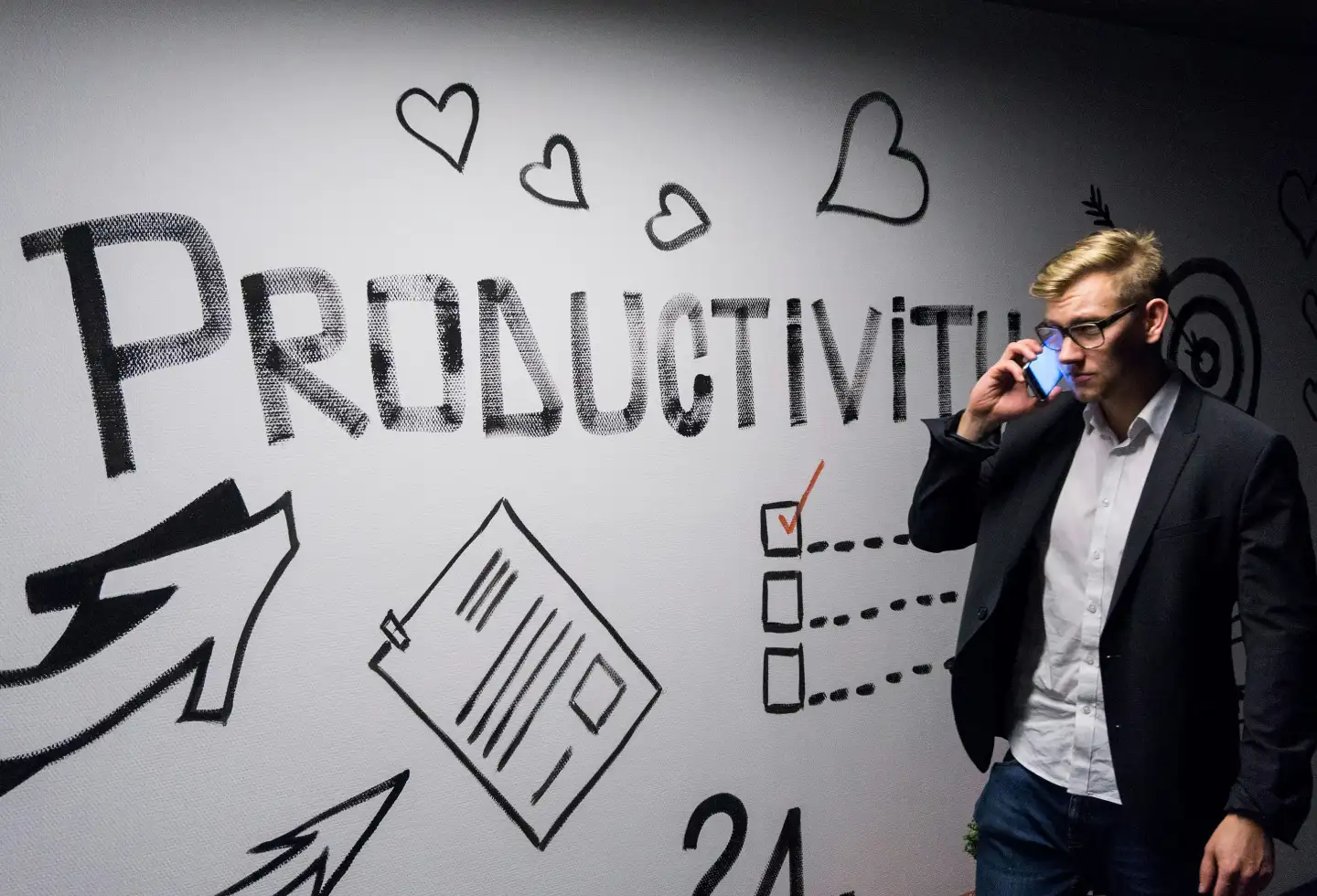The following is in the words of an industry veteran who has agreed to share his opinions and voice. The name remains undisclosed to maintain anonymity, honesty, and unfiltered interaction on “Work-Life Disconnect: Fiction or Myth?”
As someone who has spent over two decades in the trenches of the information technology field, I’ve witnessed firsthand the ever-increasing blur between our professional and personal lives, the so-called work-life disconnect.
The boundaries that once clearly delineated “work” from “life” have become increasingly permeable, driven by the ubiquity of digital technologies.
The very tools that have enabled unparalleled productivity, flexibility, and connectivity have also acted as a tether, keeping us perpetually “on” and accessible.
The rise of remote work, mobile devices, and an always-connected culture has ushered in a new era where the lines between our jobs and personal lives have dissolved.
This work-life disconnect phenomenon is one of the most pressing challenges facing modern professionals and organizations alike.
On one hand, the ability to work from anywhere, at any time, has granted us unprecedented freedom and work-life integration.
But this same flexibility has also led to a slippery slope of burnout, decreased engagement, and a constant struggle to establish meaningful boundaries.
The so-called work-life balance has begun to feel more like a myth than an attainable reality for many. But is this disconnect an unavoidable consequence of our digital age? Or can pragmatic strategies and mindset shift help us reclaim a sense of harmony?
Q. What major trends you’re seeing shape the industry right now?
One trend that can’t be ignored is the blurred boundaries between our professional and personal lives due to technology. The lines between work and life have become increasingly porous.
On the one hand, remote work and mobile devices have granted us flexibility and enabled productivity from anywhere.
But on the flip side, we’re now tethered to our jobs 24/7, with constant pings and notifications invading our personal space.
As an IT leader, I’ve seen firsthand how this “always-on” culture can lead to burnout, decreased engagement, and strained work-life balance for employees.
Establishing clear policies and leveraging technology mindfully is crucial for maintaining healthy boundaries.
Q. How are you advising organizations to address this work-life disconnect challenge?
There’s no one-size-fits-all solution, but a few key strategies can help…
Here are some practical tips and best practices I would recommend for addressing the work-life disconnect challenge, based on my experiences:
First and foremost, it’s crucial to foster a culture that values work-life balance and respects employees’ personal time.
As a leader, model this behavior yourself by setting boundaries around when you’re available and encouraging others to do the same.
Implement policies like no-meeting blocks, email windows, and strict enforcement around not contacting colleagues during off-hours or vacations.
You can leverage technology tools that temporarily mute notifications or auto-responders when someone is off the clock.
Additionally, provide training on productivity best practices, like batching tasks and time-boxing meetings. This empowers employees to work smarter, not longer. I’ve seen huge gains in focus and output when teams cut down on constant context-switching.
It’s also important to monitor workloads closely across your teams.
If people are consistently working overtime or weekends, that’s a red flag that you may need to re-evaluate priorities, resources, or deadlines before burnout sets in.
On a personal level, I always encourage setting physical and mental boundaries.
Things like blocking your schedule for a midday workout, logging off at a reasonable hour each night, and taking real vacations completely unplugged from work.
Leading by example in this regard creates a positive ripple effect across the company culture.
Q. What are your parting thoughts on this disconnect between work and personal life?
One key thing to remember is that this issue extends well beyond just individual productivity. When we fail to respect work-life boundaries, it impacts employees’ overall well-being – mental, physical, and emotional.
And that has very real consequences for the bottom line through higher healthcare costs, turnover, and disengagement. Building a sustainable, people-centric culture around work-life integration shouldn’t be seen as a nice-to-have perk.
It’s a strategic imperative for any company looking to attract, retain, and get the best out of top talent in today’s hyper-competitive market.
Balancing the Work-Life Disconnect
The lines between our professional and personal lives have become increasingly blurred in today’s always-on, digital era.
The very technologies that enable unparalleled flexibility and connectivity have also contributed to an unsustainable pace and a perceived need to be constantly available.
However, this disconnect between work and life is not an unavoidable reality we simply must accept.
By being proactive and intentional about implementing policies, leveraging technology mindfully, and fostering cultures that truly prioritize work-life integration, organizations can empower their people to thrive both professionally and personally.
The work-life disconnect is not a myth, but a solvable challenge. And it’s one that leaders must proactively address to prime their organizations, their people, and themselves for long-term success in our rapidly changing world.



